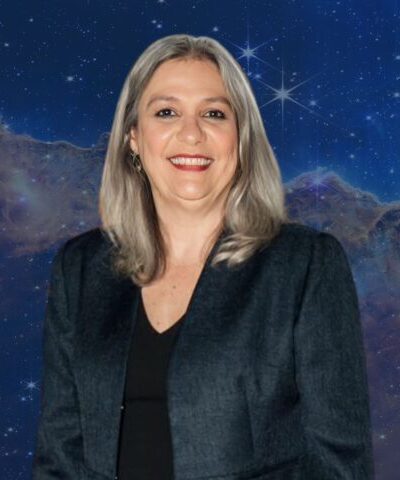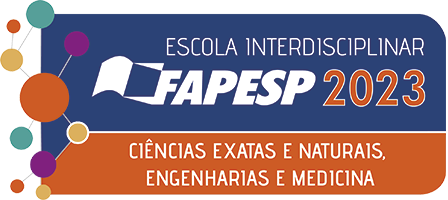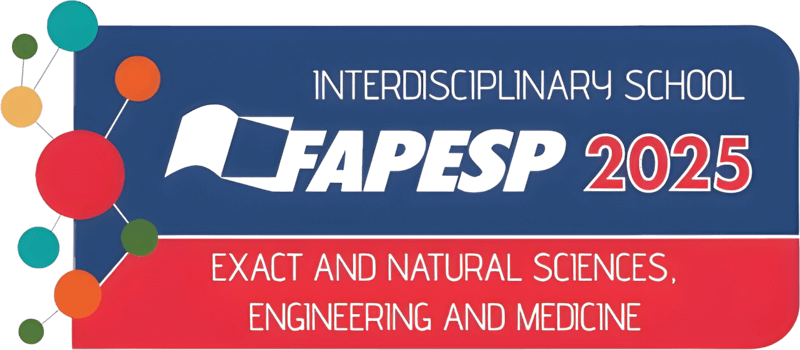Minibio
Duilia de Mello

The Catholic University of America, Washington DC, USA
Professor, Physics and Vice Provost for Global Strategies. Education: B.Sc. in Astronomy, UFRJ, M.Sc. in Space Science, INPE, M.Sc. in Physics, University of Alabama, Ph.D. in Astronomy, IAG-USP. Postdoctoral fellow, Cerro Tololo Interamerican Observatory, Chile, Postdoctoral fellow, National Observatory, Rio de Janeiro, Postdoctoral fellow, Hubble Space Telescope Science Institute, USA. Assistant Professor at Chalmers University of Technology, Sweden, Research Associate at NASA Goddard Space Flight Center.
Dr. de Mello’s area of research is galaxy evolution. She uses telescopes from the ground and from space to analyze galaxies’ properties. She works mostly with galaxies having intense star formation, or starbursts. Dr. de Mello is part of the team that uses the Hubble Space Telescope to take deep images of the universe. Their goal is to see galaxies several billions of light years away in order to understand how our own galaxy formed. She has discovered a supernova and is the principal investigator in the project that investigated star formation outside galaxies, or blue blobs. She is also part of the team that discovered the large spiral galaxy in the universe.
In 2013 Dr. de Mello was named one of the 10 Women Changing Brazil by Barnard College- Columbia University. In 2014 she was awarded the Professional of the year of the Brazil Diaspora in the field of Technology, Information and Communication by the Brazil Minister of State for Foreign Affairs. Also, in 2014 the Epoca magazine listed Dr. de Mello as one of 100 most influential persons of Brazil. In 2017 she was listed as one of the 17 women who made a difference by the UOL news. Tecmundo named her genius number 5 of Brazil in 2018 and in 2020 she was awarded the Order of Rio Branco, as Grand Master. In 2022 she was listed by Forbes Brazil magazine as one of the 50 people over 50 able to reinvent themselves. She is deeply committed to communicating and popularizing science and to inspire young women to consider careers in STEM fields through her project Woman of the Stars.
Galaxy evolution – using telescopes as time machines
Telescopes are time machines. Every photon that passes through their lenses, reaching their detectors and our eyes have traveled through the universe. Some of them come from really far, when the universe was really young. Even at the speed of light, they take billions of years to arrive here bringing information about the past. I use images of the deep universe taken with the Hubble Space telescope to study the past and to learn about the evolution of galaxies. In this presentation I will tell the story behind the deep images of the universe and how I joined the teams that are taking those images. I will start with the discovery of a supernova in the Atacama desert, how I joined the Starburst99 team and describe how I discovered stellar nurseries outside galaxies. In parallel to those discoveries, I will show the importance of mentoring and inspiring students. I will discuss how public outreach can transform people’s lives, bring more diversity to sciences and help us save the planet.

